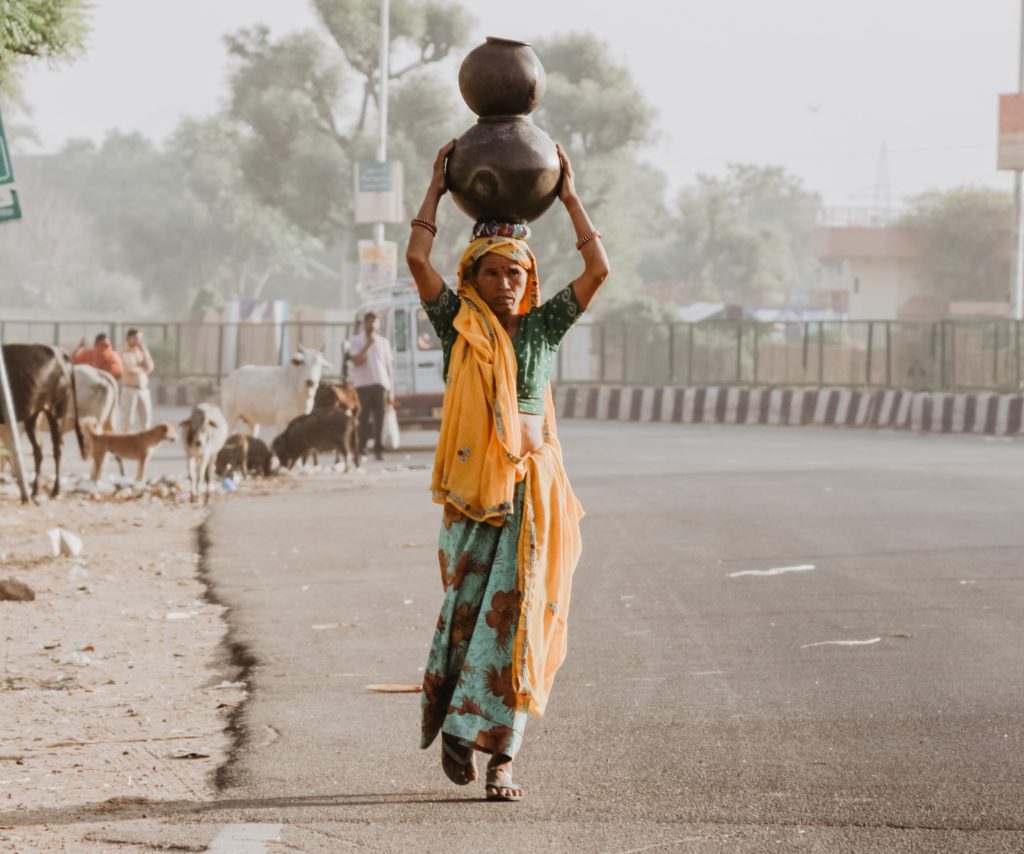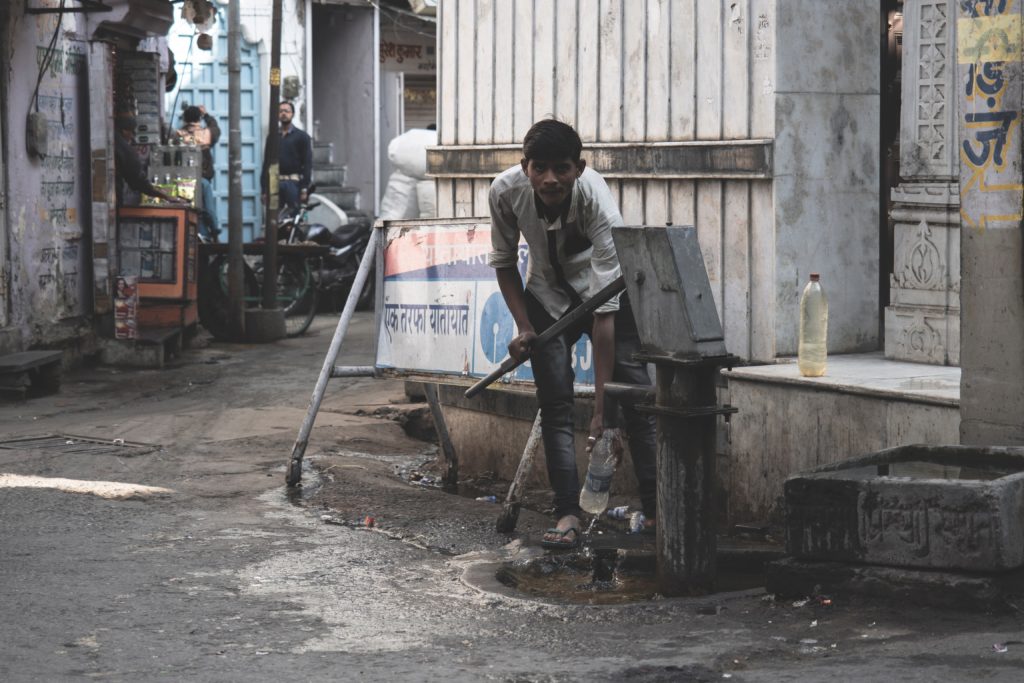The Status of Urban Water in India
REVOLVE asks its Strategic Partner, Kubernein Initiative, for insights into the dynamics around the value of water in India.
What is the nexus between urban water & climate change?
India, the world’s fastest-growing economy, is the second largest urban community with a 2.3% yearly increase since 2017. One of the fastest-growing populations in the world, India will soon have one of the youngest demographics. Issues related to water stress and security are rising rapidly, where availability, quality, and reliability are key challenges. Climate and water are inextricably linked and as the gap between supply and demand widens, climate change will further deepen India’s water woes. The Global Climate Risk Index 2021 places India as the seventh most vulnerable nation to weather-related disasters (storms, floods, heatwaves, etc.), many exacerbated by climate change.
Urban India is also one of the highest extractors of groundwater, with over 70% on average across cities.
India is experiencing and continues to experience repercussions from climate change in the form of shifts in precipitation, droughts, temperature increases, sea level rise, tropical cyclones, and the Himalayan ecology. All of this will be felt most acutely in Indian cities, the forefront of India’s economic growth potential.
What are the key challenges affecting urban water in India?
Challenges are numerous in a vast country like India, including – lack of access to clean water, supply-demand mismatches, rising demand from fast-growing urban spaces, pollution and exploitation, insufficient infrastructure and governance systems, and many more. Urban India is also one of the highest extractors of groundwater, with over 70% on average across cities. Many of these challenges are being addressed, through central government mandates and missions and through city municipalities – largely aimed at improving access, increasing wastewater management, and better quality control and campaigns to catch the rain and save water. State and local governments are also designing climate action plans. However, as good as many of these plans are, they are only likely to take the country so far in solving the many stages of a water crisis due to the disconnected nature of the plans and policies and the lack of integration with other aspects of governance. In many cases, last-mile implementation is lacking, as is the missing question of gender.

What is the potential for change?
There is an incredible push from all sectors across the country to understand the water challenges and solve them going forward. I’ve been working on water in various capacities for over 15 years and it’s great to see that both in India and globally there are more concentrated efforts. The March 2023 UN Water Conference is a testimony to that. However, many efforts are incredibly siloed and lack an understanding of both long-term effects and ancillary risks they might have. For example, while we need to focus efforts on bringing water to the 60% population that has had little to no access, we also need to think about safeguarding the resources and introducing methods of circularity in use and re-use. 11 out of 15 major river basins are likely to experience water stress by 2025, we still have no clear idea of how that will interact with bringing piped water to all by 2024. There is also a paucity of research on the intersection between water and our growth ambition. Indian cities are among some of the fastest-growing cities in the world and major drivers of economic growth; many of them are also extremely water stressed. Research by Kubernein shows that this will affect key industries such as automobiles, fashion, paper, and others. Without a more holistic approach, the potential for change is limited.

What are some of your takeaways from the historic 2023 UN Water Conference?
Held after a gap of over 40 years, the UN Water Conference 2023 was historic in many ways. It brought together people from all aspects of ‘water’, conservation, access, technology, management, scientists, engineers, policy-makers, researchers, and many others. Historic because, it is not a regular event, but also because perhaps for the first time in the ‘water world’ there were conversations on multiple intersections – from climate to smart development to inclusion and gender to the rights and responsibility of all involved. Granted there were many failings to the event and those of us who have worked in this space know the science and the arguments, but it was important to reiterate key issues surrounding water especially given the number of people there who worked in related fields but did not always consider the relationship with water and their sector.
11 out of 15 major river basins are likely to experience water stress by 2025.
There were many discussions, plenaries, and side events on various aspects of inclusion with voices from varied groups and marginalized communities from around the world, which are essential going forward, as they underscore not only diverse experience but also the knowledge in dealing with water stress that can be useful.
What are the pathways ahead for policy-making and citizen involvement?
How we perceive the future of water and related risks needs to evolve. The complexity of the interconnected nature of future ecological risk with socio-economic risk needs to be better understood and subsequently brought into governance plans and policies. This cannot be done in isolation by governments and institutions; there needs to be deeper engagement with civil society actors and practitioners as well as robust citizen action. The current approach that uses linear reasoning to build forecasts in understanding water stress needs to break open with mapping and analysis that is comprehensive and inclusive and ultimately integrated into the long-term vision of cities. Studies by NIUA, the National Institute of Urban Affairs, a semi-autonomous body under the Ministry of Housing, show that poor planning and management of cities will cost Indian cities between $2.6 billion and $13 billion every year. A better understanding of these issues will aid our water story and growth potential. Communities and vulnerable stakeholders play a significant role when it comes to understanding management issues and activities related to urban water. Working relationships need to be established between municipalities, the government, and organizations both in the private and not private sector; which exists in India to a certain extent though not as widespread across the country as it can be.
